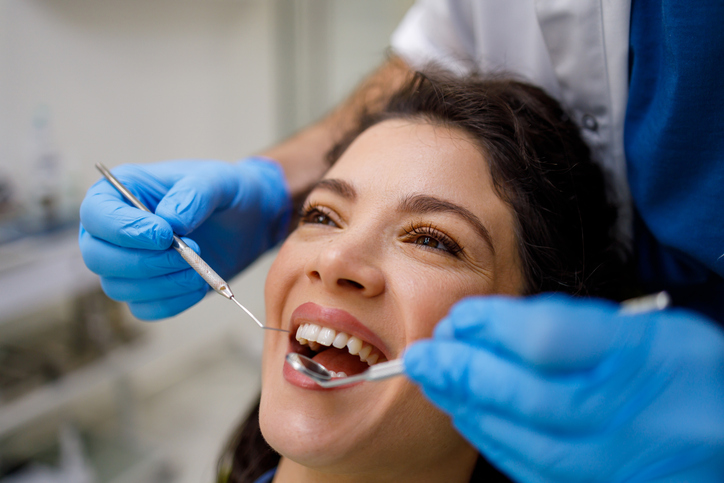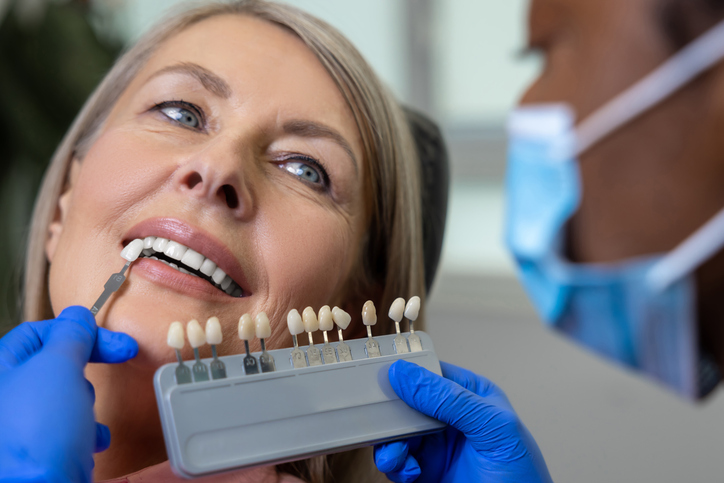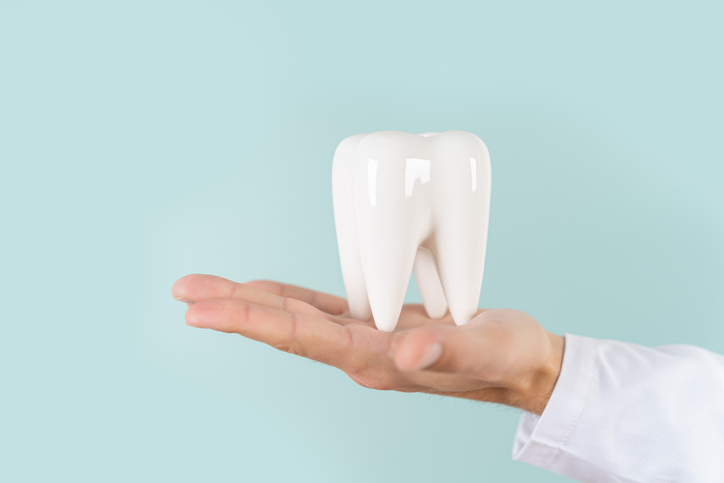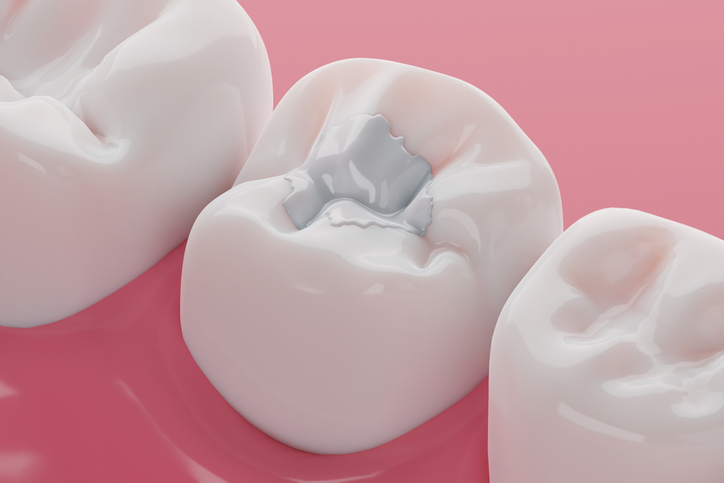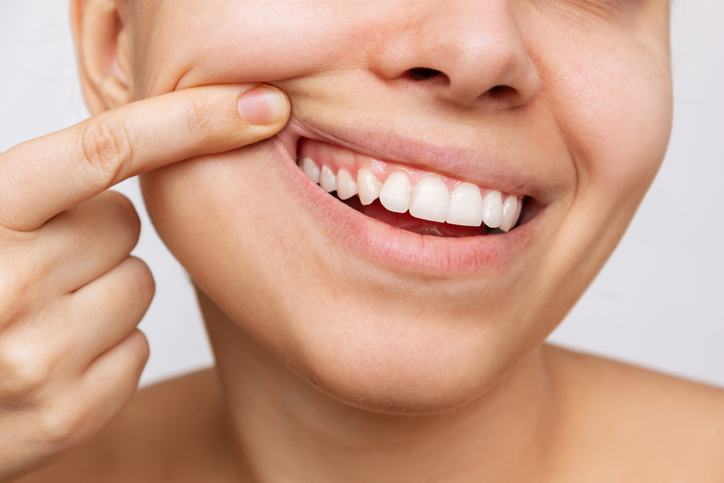Sedation Dentistry Explained: Overcoming Dental Anxiety for Stress-Free Visits
If you feel anxious about going to the dentist, you are not alone. Dental anxiety is a common concern that affects millions of people, often preventing them from receiving the care they need. Whether it stems from past experiences, fear of discomfort, or general anxiety, avoiding dental visits can lead to serious oral health issues,…



